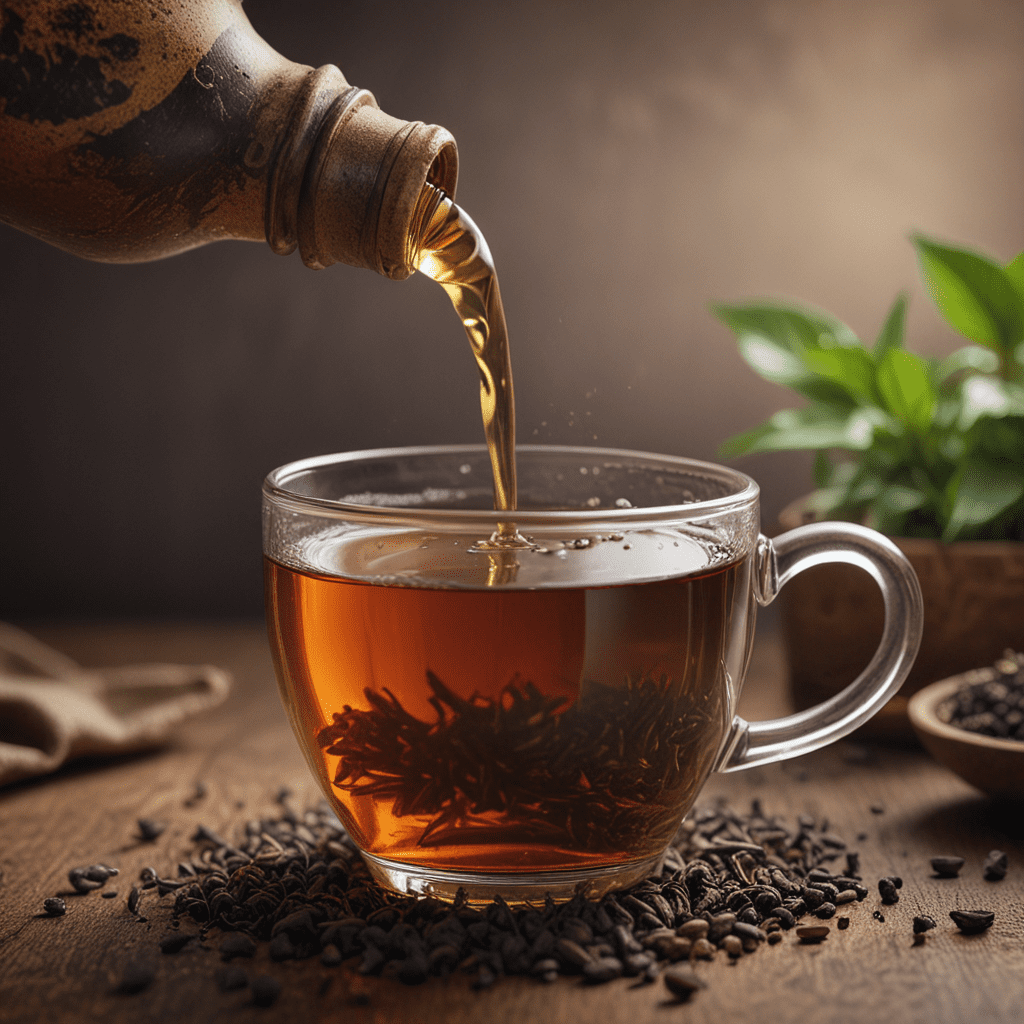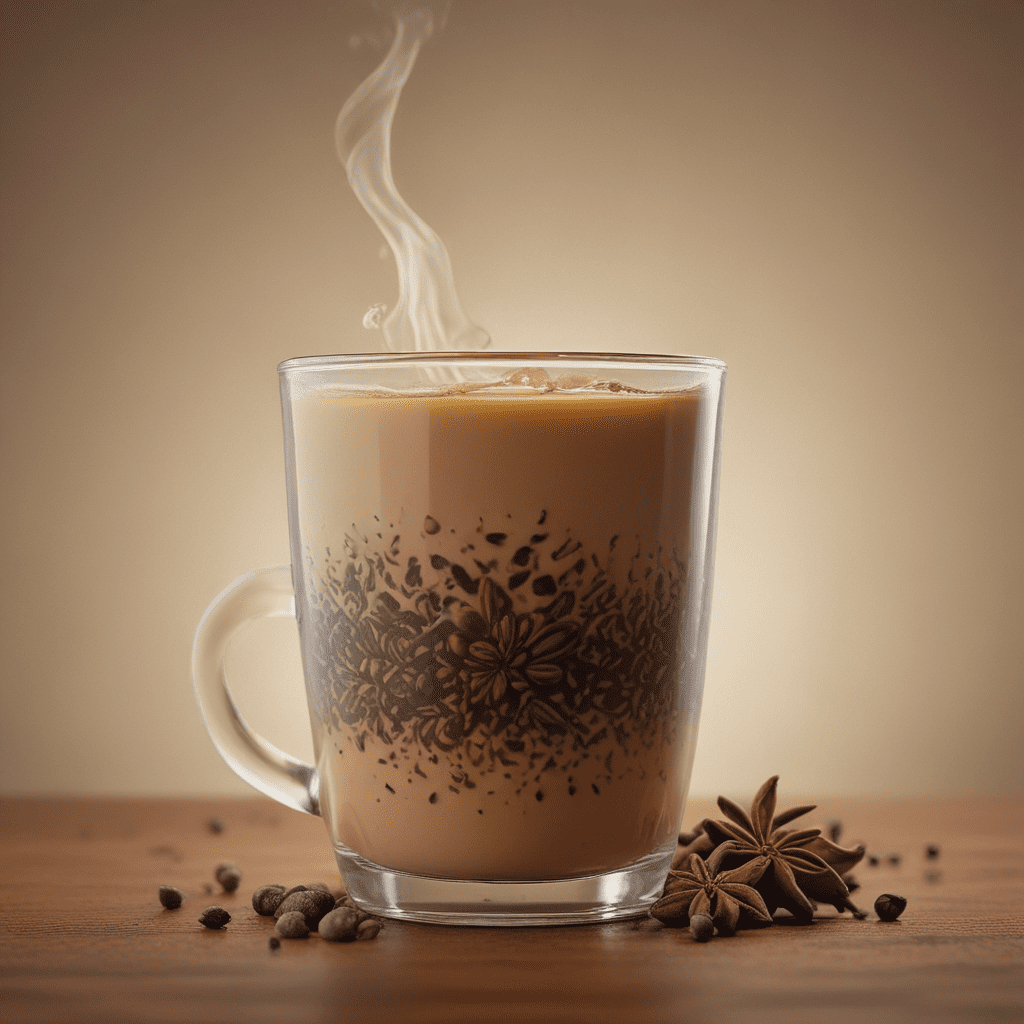Introduction to Assam Tea
Assam tea, hailing from the lush Brahmaputra Valley in northeastern India, is renowned globally for its robust flavor, deep amber hue, and invigorating aroma. Its distinctive characteristics stem from the unique combination of climatic conditions, fertile soil, and meticulous cultivation practices employed in the region. Assam tea is a versatile beverage enjoyed by tea enthusiasts worldwide, offering a wide range of flavors and aromas that cater to diverse preferences. Whether savored as a morning pick-me-up or an evening indulgence, Assam tea promises an immersive sensory experience.
Choosing High-Quality Assam Tea
To fully appreciate the essence of Assam tea, selecting high-quality leaves is paramount. Look for teas sourced from reputable growers who prioritize sustainable farming practices and adhere to strict quality standards. Loose-leaf teas offer a more authentic experience compared to tea bags, allowing for greater control over the brewing process and the appreciation of the tea leaves' delicate nuances. Opt for whole, unbroken leaves to ensure optimal flavor extraction and avoid crushed or fannings, which may yield a more astringent brew.
Selecting the Right Brewing Method
The brewing method employed significantly influences the taste and character of Assam tea. Various methods exist, each with its advantages and nuances. For beginners, the following two methods are recommended:
Traditional Brewing: Steep tea leaves in hot water using a teapot or infuser for a controlled and precise brewing process. This method allows for adjustments in steeping time and tea-to-water ratio to achieve the desired strength and flavor profile.
Cold Brewing: Submerge tea leaves in cold water overnight or for an extended period in the refrigerator. This method produces a smoother, less astringent brew with lower caffeine content, making it suitable for those sensitive to caffeine or seeking a refreshing alternative.
Preparing the Tea Leaves
Before brewing, it is essential to prepare the tea leaves appropriately. This involves rinsing the leaves with hot water to awaken them and remove any surface impurities. Place the desired amount of tea leaves into the brewing vessel, ensuring the leaves have ample space to unfurl and release their flavors.
Measuring the Water and Tea
The ratio of tea to water is a crucial factor in determining the strength and flavor of the brew. For a balanced cup of Assam tea, a general guideline is to use 1 teaspoon of tea leaves for every 6 ounces (180 ml) of water. Adjust the ratio based on personal preferences and the brewing method employed.
6. Setting the Water Temperature
The optimal water temperature for brewing Assam tea varies depending on the desired flavor profile and brewing method. For traditional brewing, aim for water temperatures between 185-195°F (85-90°C). This range allows the tea leaves to release their full flavors without becoming overly bitter or astringent. Cold brewing, on the other hand, requires cold water (below 70°F or 21°C) for an extended period of time.
7. Steeping Time and Adjustments
Steeping time plays a vital role in determining the strength and intensity of the brew. For traditional brewing, start with a steeping time of 3-5 minutes and adjust as desired. Gradually increase the steeping time for a stronger brew or reduce it for a lighter one. Cold brewing typically requires a longer steeping time, ranging from 12-24 hours or even longer. Experiment with different steeping times to find the optimal balance of flavor and strength that suits your palate.
8. Pouring and Enjoying the Tea
Once the tea has steeped to your desired strength, it is time to pour and savor it. Use a fine-mesh strainer or tea infuser to separate the tea leaves from the brewed tea. Pour the golden-amber liquid into your cup or teapot and let it cool slightly before sipping. Assam tea is a versatile beverage that can be enjoyed black or with additions such as milk, sugar, or honey. Experiment with different accompaniments to discover your preferred way of experiencing this flavorful tea.
9. Troubleshooting Common Brewing Issues
If you encounter any issues during the brewing process, here are some common problems and their potential solutions:
Bitter Tea: Over-steeping or using too much tea leaves can result in bitterness. Reduce the steeping time or use less tea for a milder brew.
Weak Tea: Insufficient steeping time or using too little tea leaves can produce a weak brew. Increase the steeping time or use more tea leaves for a stronger flavor.
Astringent Tea: High water temperature or prolonged steeping can lead to astringency. Lower the water temperature or reduce the steeping time to balance the flavor.
10. Storing and Maintaining Assam Tea
Proper storage is essential to preserve the freshness and flavor of Assam tea. Store the tea leaves in an airtight container, away from light, moisture, and strong odors. Ideal storage conditions include a cool, dry, and dark place. Assam tea can be stored for several months under proper conditions, but it is best to consume it within a few weeks of purchase to enjoy its optimal freshness.
FAQ
What is the difference between Assam tea and other black teas?
Assam tea is distinguished by its robust flavor, deep amber hue, and malty notes. It is grown in the Brahmaputra Valley in northeastern India, and its unique characteristics stem from the region's climate and soil conditions.
How can I enhance the flavor of Assam tea?
Experiment with different brewing methods and steeping times to find the combination that best suits your taste preferences. Adding milk, sugar, or honey can also enhance the flavor and create a customized experience.
Is Assam tea suitable for people sensitive to caffeine?
Cold brewing Assam tea can significantly reduce the caffeine content, making it a more suitable option for individuals sensitive to caffeine. However, it is important to note that all black teas contain some level of caffeine.



